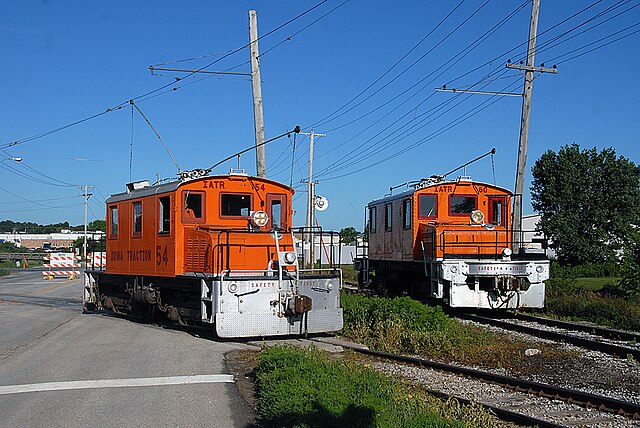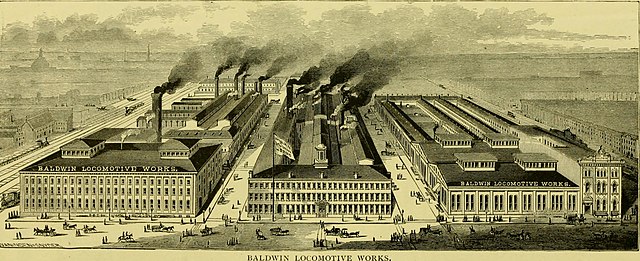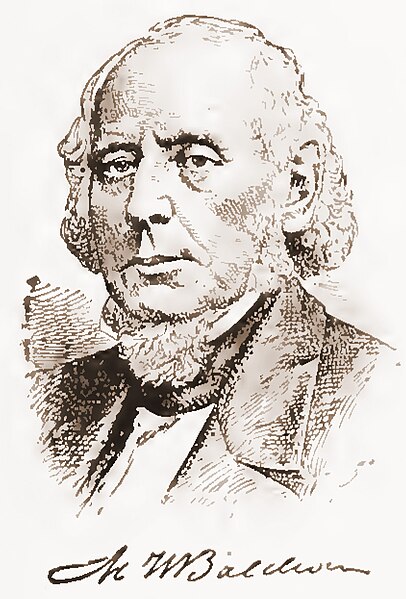Baldwin-Westinghouse electric locomotives
Baldwin, the locomotive manufacturer, and Westinghouse, the promoter of AC electrification, joined forces in 1895 to develop AC railway electrification. Soon after the turn of the century, they marketed a single-phase high-voltage system to railroads. From 1904 to 1905 they supplied locomotives carrying a joint builder's plate to a number of American railroads, particularly for the New Haven line from New York to New Haven, and other New Haven lines. Westinghouse would produce the motors, controls, and other electrical gear, while Baldwin would produce the running gear, frame, body, and perform final assembly.
Japanese Government Railways Class 6010 (later becoming Class ED53 and later ED19) electric locomotive number 6011, built by Baldwin and Westinghouse in the USA
NH EP-2 electric locomotive
Baldwin-Westinghouse steeple cab electric locomotives operating as Iowa Traction Railroad (IATR) 50 and 54 in Mason City, Iowa, in 2009
Great Northern Z-1 electric locomotive
Baldwin Locomotive Works (BLW) was an American manufacturer of railway locomotives from 1825 to 1951. Originally located in Philadelphia, Pennsylvania, it moved to nearby Eddystone in the early 20th century. The company was for decades the world's largest producer of steam locomotives, but struggled to compete when demand switched to diesel locomotives. Baldwin produced the last of its 70,000-plus locomotives in 1951, before merging with the Lima-Hamilton Corporation on September 11, 1951, to form the Baldwin-Lima-Hamilton Corporation.
Baldwin Locomotive Works in 1875
Baldwin Locomotive Works builder's plate, 1922
Baldwin Locomotive Works c. 1900
Matthias W. Baldwin, the company's founder








